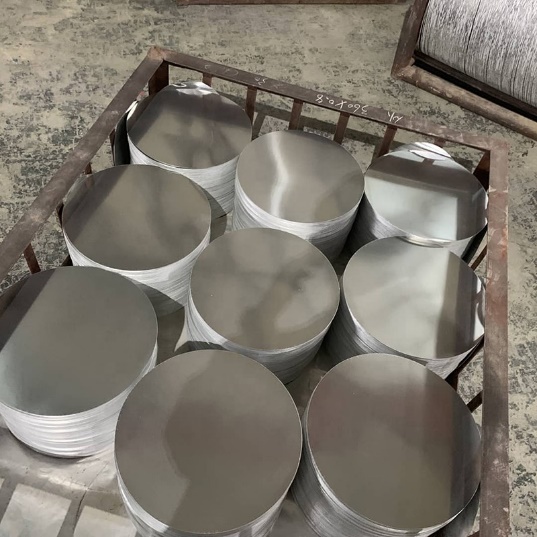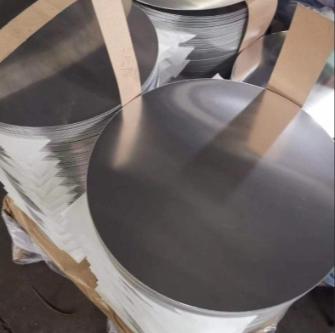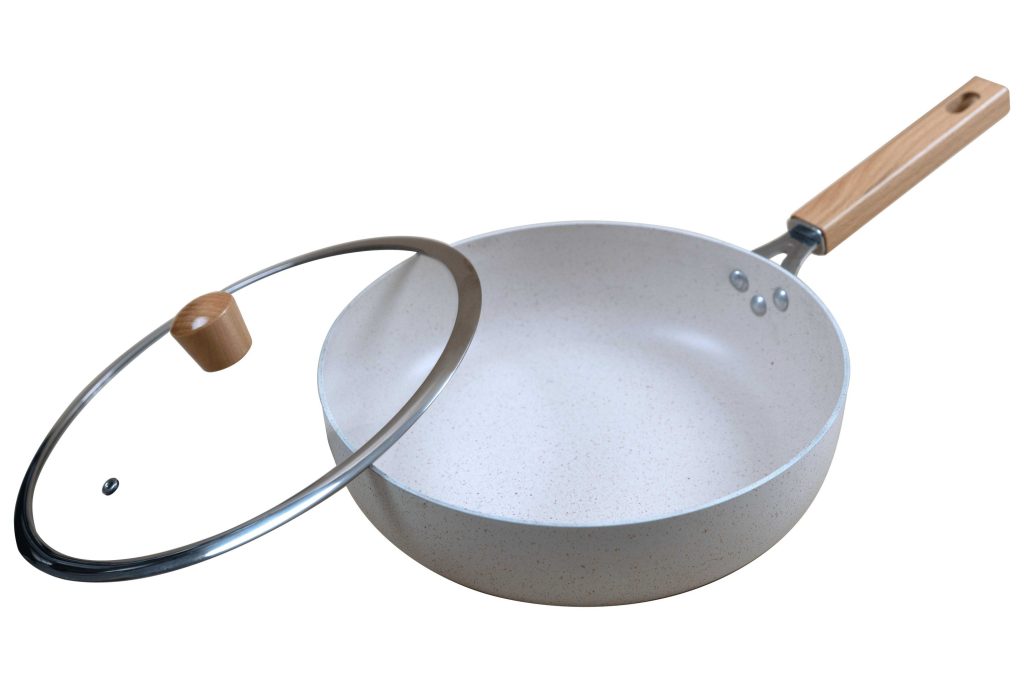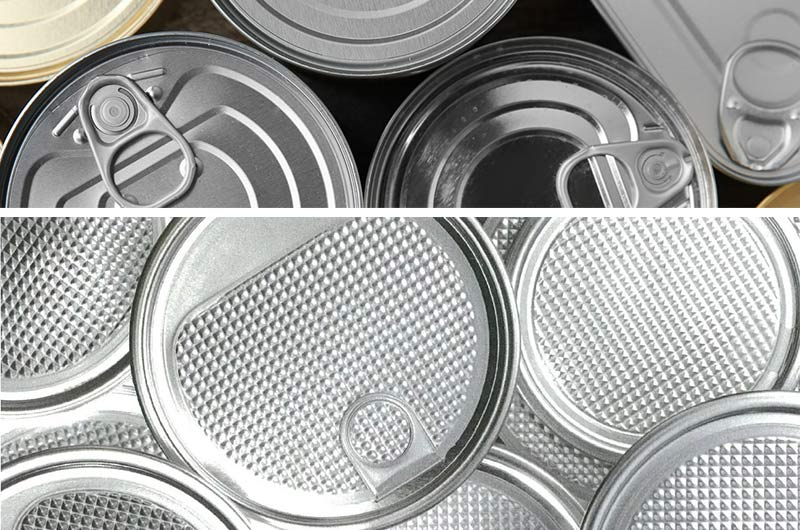Aluminum Can vs. Plastic Bottle: Which is Better for Environment?
Aluminum cans are generally made of aluminum, a metal distinguished by its robustness, lightness and great sealing. Most plastic bottles are made of plastics, like polyethylene terephthalate (PET) and are known for their light high-quality, low-cost and durable plasticity. You’ve probably wondered: Should I choose aluminum cans or plastic bottles to reduce my environmental footprint? From production to recycling, both materials leave a mark—but one is far more damaging.Here’s a breakdown to help you decide.

Environmental Impact of Aluminum Cans
If we’re looking at the environmental impact of aluminum cans, it’s crucial to examine the various phases of their lives from production to use and the disposal. Each stage is linked to different environmental factors, whether it’s the use of natural resources, or the use of energy or the handling of the waste.
Production Stage
To make aluminum cans, it’s required for the first step to mine ore which contains the mineral bauxite. As with all mining extraction, the mining of Bauxite is destructive to the wildlife and flora around it. This then becomes an important factor in erosion of soil and the destruction of ecosystems that are in the vicinity. The bauxite ore which has extracted transforms into aluminum using a power-intensive process. Utilizing electricity in high-demand times could increase the carbon footprint of aluminum cans. Additionally, byproducts that result from the process such as emissions and waste residues are harmful in the environmental if not dealt with. Fluorides are believed to be the most harmful.
Now we are moving on to the next topic that needs to be discussed: garbage products that are produced as a result of making use of aluminum cans. Although there are some issues with the production process of aluminum containers, recycling of the containers is a solution post-consumption due to its numerous applications.
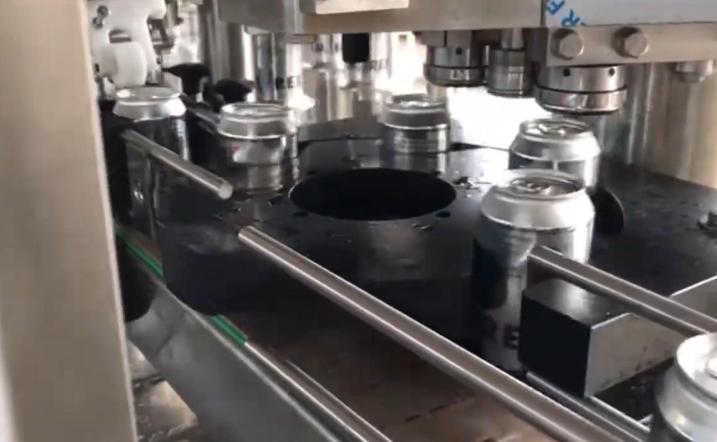
Usage Stage
Aluminum cans have many benefits at the stage of use. First and foremost, their superior sealing capabilities stop spillage and contamination from food products, as well as decreasing waste from food and beverages and thus helping our environment. Furthermore aluminum cans are lightweight and reduce the energy needed in transporting the cans. Furthermore, the robust aluminum cans’ substance keeps away harmful substances from the storage containers, contrary to the other types of plastic.
Aluminium cans’ beneficial effect on the environment at the initial stages of their use is proof of their value as a packaging material. But once aluminum cans have been exhausted and removed from the process, there are new environmental concerns that come up.
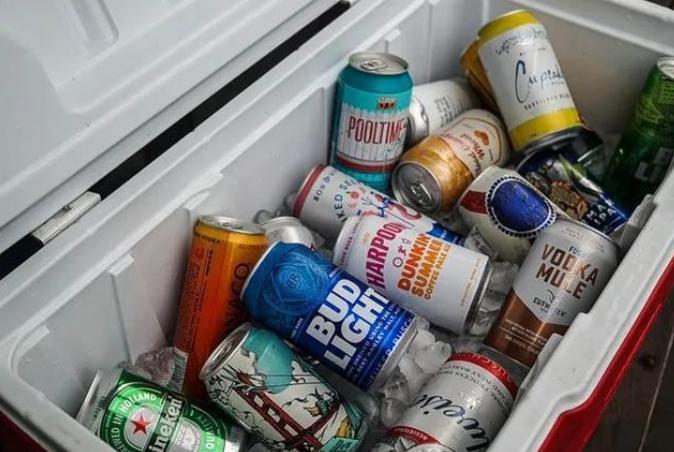
Disposal Stage
If aluminum cans aren’t part of the recycling system, they will be in the recycling process chemical quality of their properties guarantee that they will not degrade organically, or go through natural decay. Therefore, they can be removed as waste for a longer periods of time, and could infect fresh water and soil. It is possible that the flow of water could be blocked by aluminum cans. It also leads to the cans becoming a mass in the soil, which could affect their permeability and its fertility. But when they’re recycled, aluminum cans provide immense benefits. Recycling aluminum is straightforward and the material is reusable many times. Additionally, it is advantageous to recycle aluminum because it is only consuming one percent of the energy needed for manufacturing new aluminum. That is a significant reduction in emission of greenhouse gases and energy. from greenhouse gas emissions.
The life-cycle of aluminum cans is complicated multi-faceted concern with respect to their environment. While there are some advantages to efficiency to use, and the possibility of recycling there is a lack of control during production or after the disposal process can create a huge strain to the natural environment. This provides an excellent reason to take an active approach to the negative impact on the environment resulting from one of the most frequently used packaging materials, Aluminum Cans. It demonstrates the need to keep adjusting production while maintaining balance with the natural resources.
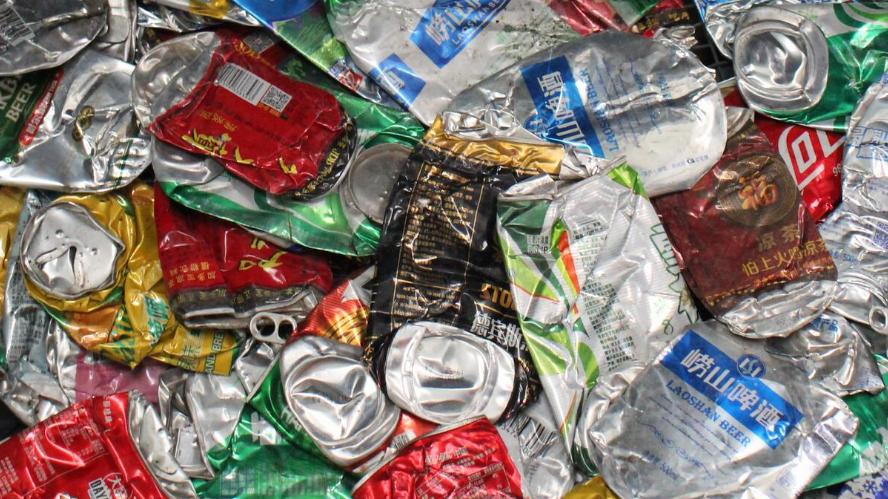
Environmental Impact of Plastic Bottles
Plastic bottles are everywhere in our lives, however it is important to examine the impact they have on the environment. From the extraction of petroleum to manufacturing use, then removal, each phase of the lifecycle of a plastic bottle has distinct environmental implications that require careful study.
Production Stage
Plastic bottles originate from petroleum. The first process is oil extraction which is a risky process that poses environmental dangers. Offshore drilling for oil, for instance could result in oil spills, contaminating marine ecosystems, and threatening marine life. The process of converting petroleum into plastic requires a lot of energy and emits a range of greenhouse gases, which can contribute to global warming. Additionally, the production of plastics often requires the use of chemical additives including plasticizers that can be released from the bottle when it is used and pose health hazards to both humans and the environment.
The environmental concerns arising from the manufacturing of plastic bottles is undisputed and is only an initial stage in the impact on the environment that lifecycles have. In the next section, we will look at the process of usage.

Usage Stage
As with many other products made of plastic, and particularly polyethylene Terephthalate (PET) Plastic bottles are distinguished by their unique characteristics, which help to enable efficiency at the use phase. For example, transportation of products is less expensive and requires lower expenses for energy when using lightweight packaging materials as opposed to more heavy alternatives. Additionally, due to the flexibility required for a variety of dimensions and shapes and shapes, plastic’s flexibility is advantageous. However, despite these benefits, even though excellent sealing is offered by plastic bottles, small chemical leaching can occur in prolonged storage or high temperatures conditions, putting stress on food safety policies and posing a risk to human health.
From an environmental standpoint, We can see another disadvantage – the possibility of pollution of the environment by the infiltration of harmful chemicals into the disposal of these items. There are fewer benefits in this regard because of potential environmental risks when it comes to benefits or risks, when taking into account the use phase. When they reach their expiry date, the issues are heightened to a new level.
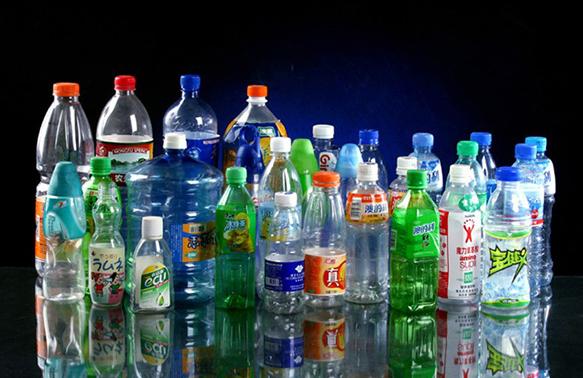
Disposal Stage
The removal of plastic bottle is a worldwide issue. Because of the complexity of recycling plastics, including different kinds of plastics that require specific recycling techniques the recycling rates of plastic bottles are comparatively low. A large portion of the discarded plastic bottles end in the natural world in the form of a sludge that decomposes extremely slowly. As time passes they are broken down into tiny plastic pieces called microplastics. Microplastics can be found in the soil, the water bodies or even live organisms which can cause severe harm to ecosystems. They may alter the soil’s structure, affect the quality of water, and then get into in the food chain impacting human health.
The impact on the environment of plastic bottles is evident throughout the entire lifespan of their production beginning with petroleum extraction and ending with microplastic pollution. Each step reveals the many facets and serious environmental impacts that are associated with plastic bottles. This requires a search for more effective solutions to improve the production process, increasing recycle rates or pursuing alternatives to.
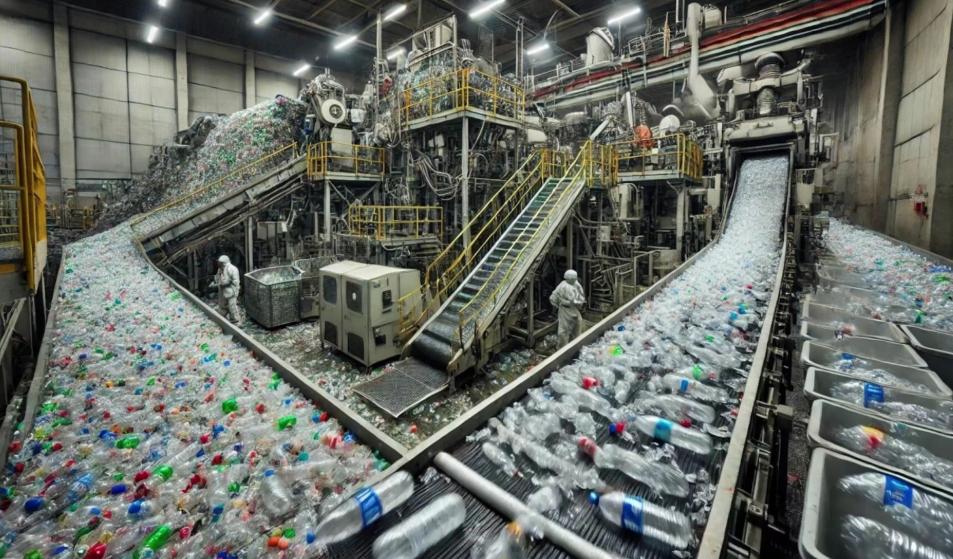
Aluminum Cans vs. Plastic Bottles for the Environment
When comparing aluminum cans and plastic bottles they both offer distinct environmental benefits and pros and cons. These are the key points to remember:
| Aspect | Aluminum Cans | Plastic Bottles |
| Energy Use (Production) | High energy usage due to bauxite extraction and refining. | Lower energy usage compared to aluminum, but reliant on non-renewable petroleum resources. |
| Recyclability | Infinitely recyclable with no loss of quality; high recycling rates save up to 95% energy compared to new production. | Technically recyclable but often downcycled; low global recycling rates and contamination issues. |
| Waste and Pollution | Less likely to accumulate in the environment due to high recycling rates and scrap value. | Major contributor to ocean and land pollution; persists for centuries and breaks down into harmful microplastics. |
| Carbon Footprint | Lower lifecycle carbon footprint if recycled efficiently; recycling offsets initial energy-intensive production. | Higher overall carbon footprint due to low recycling rates and long-term environmental persistence. |
| Durability and Use | Lightweight and preserves beverages well but not resealable; single-use in most cases. | Lightweight, resealable, and convenient for on-the-go use but contributes significantly to pollution. |
| Environmental Impact | Resource-intensive initially but mitigated by recycling; less persistent in the environment. | High long-term impact due to pollution and resource extraction; contributes to marine and microplastic crises. |
In summary, when the comparison of aluminum cans against other containers, the aluminum can is considered to be the best option due to its less environmental impact and also its better recycle capabilities. Plastic bottles offer advantages in certain areas where the convenience factor is crucial, which implies that they’ll likely remain in demand for a long time. To counteract the negative impact of both materials, more efficient methods of managing waste are required to be put in place to encourage fewer consumption of these items as well as proper disposal when they’re not needed anymore.
Related Products

